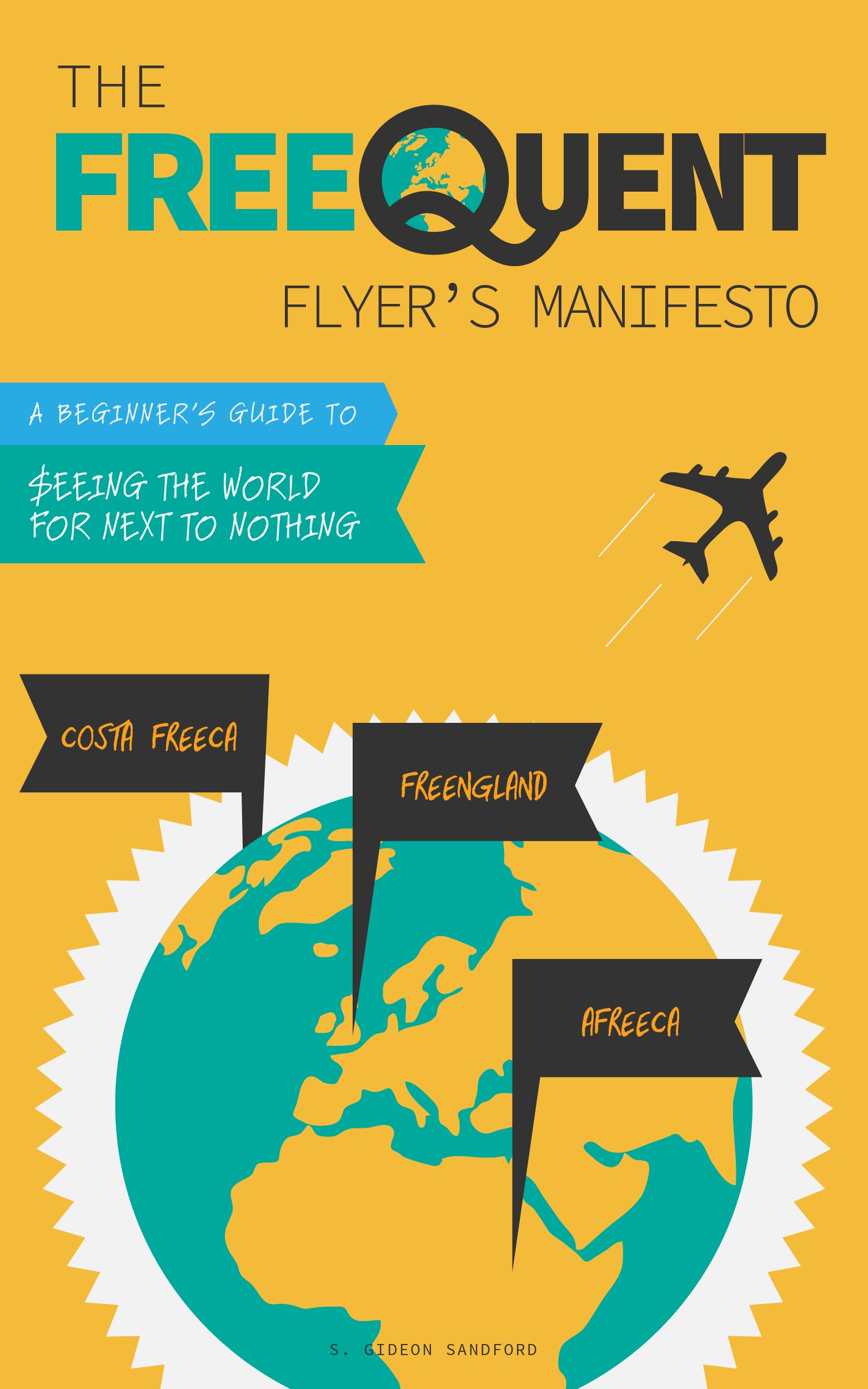American Express retreats from Priority Pass restaurants and resort credits
/In the last few weeks a couple pieces of news have come out from American Express:
American Express cardholders with Priority Pass Select memberships through their American Express accounts will no longer have privileges at non-lounge Priority Pass locations beginning August 1, 2019.
American Express Hilton Honors Aspire cardholders will no longer receive the $250 resort credit “when booking an Advanced Purchase rate” starting August 1, 2019.
While the former change in principle affects more cardholders, I think the latter change gives a better clue to what’s going on here.
Very few American Express cards offer Priority Pass membership
To the best of my knowledge (leave a comment if I missed any) the only American Express cards currently available which offer Priority Pass Select memberships are:
Platinum business and personal charge cards (unlimited visits)
Centurion charge cards (unlimited visits)
Marriott Bonvoy Brilliant credit cards (unlimited visits)
Hilton Honors Aspire credit cards (unlimited visits)
Hilton Honors Ascend credit cards (10 free visits per calendar year)
Hilton Honors Business credit cards (10 free visits per calendar year)
The first 4 cards have annual fees of $450-$595; by comparison the Hilton Honors Ascend and Business cards are a steal at $95 per year.
Priority Pass restaurant credits should be a win-win situation
There are a few moving pieces it’s important to understand about the economics of a Priority Pass restaurant relationship:
breakage: restaurants get a flat fee for a maximum value. In May, 2018, for example, Priority Pass reimbursed Timberline Steaks & Grill at Denver International Airport $23 per check-in. Of course, customers with unlimited Priority Pass memberships and unlimited guests may not use their entire $28 per person credit if they’re just popping by for a drink or an appetizer.
overage: on the other hand, a cardholder and guests who order more than $28 each, after tax, doesn’t receive a discount on the overage. So while an 18% discount ($5 off $28) may sound like a lot if you order exactly $25.85 before tax, you get a 0% discount on every dollar you spend over that amount.
The labor squeeze
If you have ever looked at the description of a Priority Pass restaurant, you’ll have noticed that they emphatically, entirely, and comprehensively do not include gratuities in the value you’re able to redeem during a restaurant visit. In jurisdictions with a “tipped minimum wage,” i.e. places where employers are not required to pay their employees the minimum wage, the restaurant gets to keep the entire value of the Priority Pass redemption while the tipped staff’s income is reduced by the amount Priority Pass customers tip less than paying customers.
On the margin, this should modestly increase the value of Priority Pass redemptions to restaurants since the increased value of the sales accrue to the restaurant’s management while the increased intensity of the work is paid for through customers’ tips.
Priority Pass restaurants (and lounges) can and do throttle access
The flip side of that is during periods of high demand, when lounges and restaurants in the Priority Pass network simply refuse to accommodate Priority Pass customers, collecting the full value of their sales without passing along a discount. This issue first came to my attention through the Alaska Boardroom lounges, where Priority Pass customers were routinely turned away during peak periods, but it has since spread and lots of people are familiar with the ubiquitous signs telling Priority Pass cardholders to get lost.
Most people don’t visit Hilton resorts most years — and American Express wants to keep it that way
Once you start to think in terms of breakage and overage, the restriction on prepaid advance purchase rates for Aspire resort credits makes perfect sense: some share of Aspire cardholders books stays at eligible Hilton resort properties each cardmember year. Perhaps it’s as high as 70%, leaving a hypothetical 30% breakage rate on the $250 resort credit. But if 90% of Aspire cardholders stay at an eligible Hilton property every 2 years, then the calculation potentially changes: those cardmembers will be able to redeem their resort credit every year: once when they make an advanced purchase rate reservation before their cardmember anniversary, and once when they arrive for their stay after their cardmember anniversary.
That reduced breakage rate has the potential to radically increase the product’s cost to American Express, just as the miscalibration between Hilton annual fees and Priority Pass reimbursements caused their current panic. But at the end of the day, it’s also not sustainable to offer high-cost, low-value credit cards in a competitive market.
My guess: Priority Pass restaurants will be back in the next year or two
It’s hard to make predictions — especially about the future. But given the short notice American Express gave for cutting off Priority Pass’s expanding network of restaurant locations, it seems like an obvious timing problem: Priority Pass has already entered into contracts with its participating locations, so it couldn’t afford to give American Express a discount. American Express takes years to adjust its annual membership fees. That meant the only place American Express had the option of stopping the bleeding was to cut off restaurants completely.
But there’s no reason to believe that’s true in the long term: airport restaurants will always have high fixed costs and low marginal costs. American Express will have to keep competing against premium products offered by Chase and Citi. Priority Pass’s network of relationships with airport restaurants is a valuable and unique asset (those handheld devices aren’t cheap).
All of which is to say, the American Express Priority Pass relationship may not, and probably won’t, take its current form, but I’d bet American Express premium cardholders will have access to Priority Pass restaurants in one form or another by the end of 2020.


